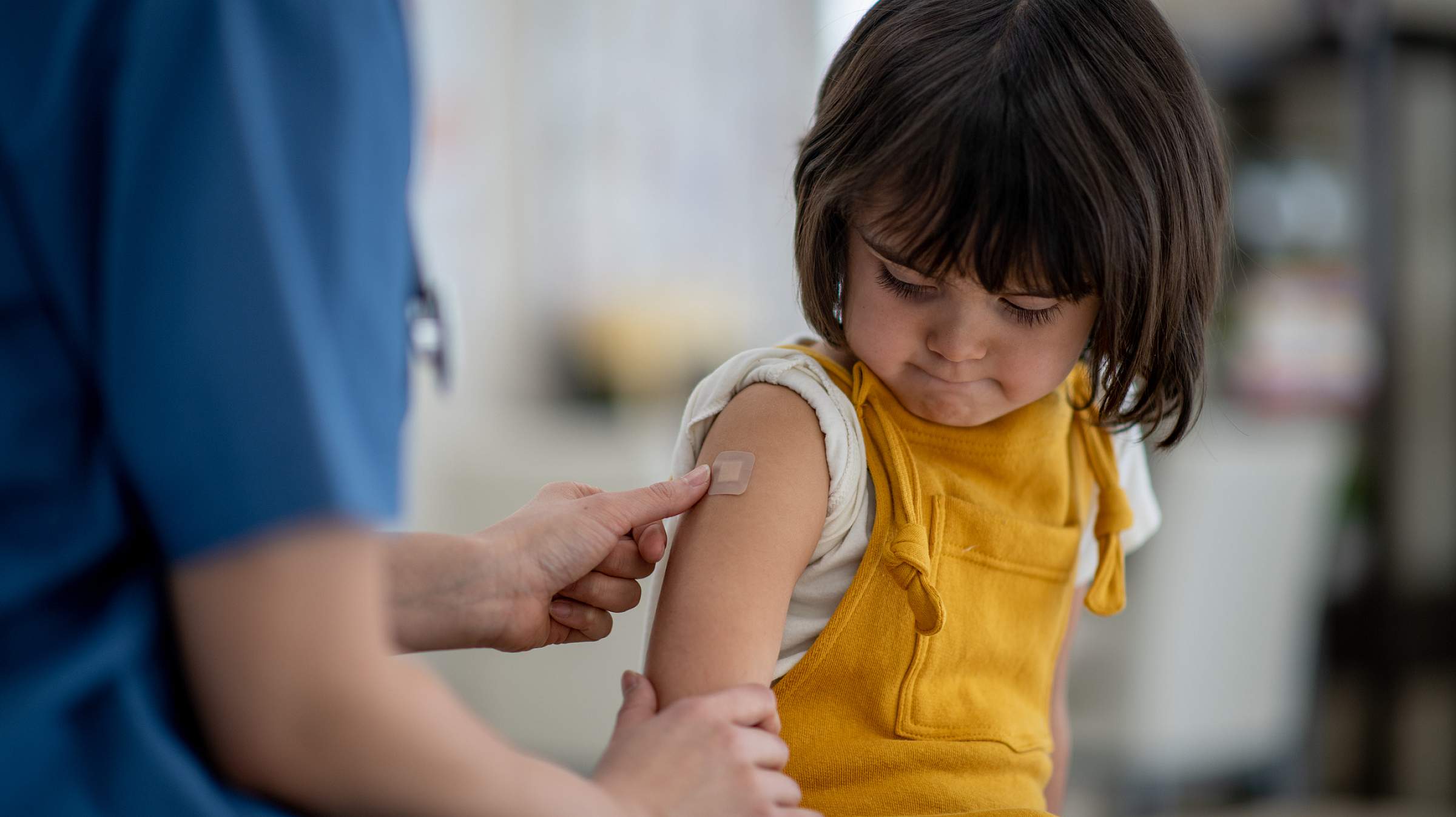

It’s a scenario most people are at least passingly familiar with: A child complaining about leg pain, usually at night, and often after a day of play. Parents nod knowingly, dismissing the discomfort as “growing pains.”
These growing pains are traditionally thought to be a side effect of bone growth as children become taller through adolescence. The truth is a little different: growing pains have nothing to do with growth or bones. Instead, growing pains are overuse injuries (pain caused by a normal, active lifestyle) and are referred to—medically—as “benign limb pain of childhood.”
Who Gets Growing Pains?
These pains appear in children, typically between the ages of 2 through 12, when they’re spend a lot of time running around and active throughout the day. About 35% of children report growing pains during these years. Nobody is sure why some children report pain and others do not. It may be that some children are simply more sensitive to pain.
When Do Growing Pains Appear?
Since growing pains are simply pain from overuse, they typically appear late in the day or at night. The pain can last from a few minutes to a few hours and are usually confined to the lower legs, namely the shins. Growing pains usually appear in both legs, at the same time.
What is the Best Way to Treat Growing Pains?
The easiest way to treat growing pains is for parents to massage the area until the pain subsides. In many cases, the child may feel comforted by the attention and find that the pain goes away very quickly as an example of “mind over matter.” If the pain seems to be severe, parents can give their child acetaminophen or ibuprofen.
When to Take Growing Pains Seriously
Growing pains are never a cause for concern, but there are conditions that may be like growing pains that should be taken seriously. If the pain appears in only one leg, involves swelling, or is related to a joint, these are not growing pains and may indicate something more serious like a sprain or juvenile arthritis.
What to Do When Your Baby Sounds Congested
Preparing for the new school year means a lot more than just buying school supplies. Learn how to take action now and prevent a last-minute scramble later to set your child up for a healthy, successful school year.
How to Make School Mornings Easier for You and Your Kids
From forgotten lunches to last-minute outfit debates, school mornings can be challenging. Learn strategies to make them smoother, including setting up backpacks the night before, limiting screen time until after school, and sending kids off with a positive goodbye.
When Does Your Child Really Need Lab Work?
Parents often ask about blood tests during routine pediatric visits, but healthy children rarely need them. Learn more about the focused approach pediatricians take to evaluate your child's health and why it may be different than adult screenings.






